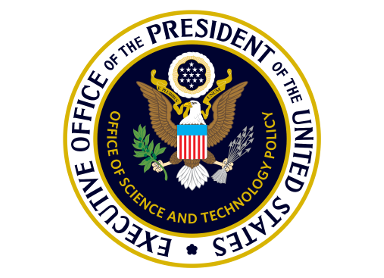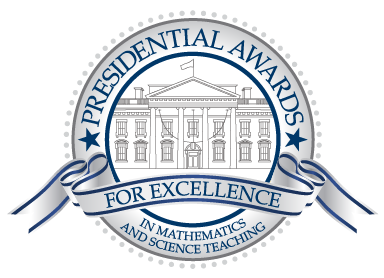Samsung Solve for Tomorrow is an annual contest that challenges students to leverage STEM to improve their community. The contest is multiphase: teams submit proposals and activity plans, work with Samsung employees to develop prototypes, and create videos showcasing their products. It culminates in a live pitch where finalists present their solutions to a panel of judges. “The goal is to honor and support student-led innovation,” said Milks, who teaches AP Biology and introductory science at Bloomington High School South.
This is the third year Milks’ students have participated in the competition. In 2022, they won the Sustainability Innovation Award for climate-change-fighting paint. In 2023, they were a state finalist for a design that minimizes light pollution to protect migrating birds and insects.
This year, the innovation team was one of three national winners, securing $100,000 in technology and supplies for the school. They also received $25,000 for the Rising Entrepreneurship Award, which recognizes the team whose product is closest to market.
Designing Storm Shield
Bloomington South kicked off the Solve for Tomorrow contest internally with an open pitch event. This gave students a low-stakes opportunity to identify problems and brainstorm solutions in a collaborative setting.
“That type of thinking, while really important in innovation, is often difficult to reconcile with curricular constraints,” Milks said. “This extracurricular opportunity really lets students chase their passions.” Bloomington South’s project was inspired by a team member’s experience as a hard-of-hearing athlete.
Hearing aids can present unique challenges during sports. The devices, which are typically expensive to replace, are vulnerable to damage caused by sweat, rain, and contact. Opting to go without hearing aids, however, can be dangerous.
The team recognized an opportunity to address these challenges, which led to the development of Storm Shield. The wearable accessory helps users maintain safety and awareness through three key elements: proximity artificial intelligence (AI), 3D-printed ear shields, and GORE-TEX.
The waterproof headband keeps hearing aids secure and protected, while AI and sensor technology provide spatial awareness. Users can customize sensitivity levels through the Bluetooth mobile app and adjust how fast or close an object needs to be to trigger an alert. The headband warns users of approaching objects through sounds and vibrations.
Building real-world skills
According to Milks, the Solve for Tomorrow journey fosters a skillset that has applications beyond STEM, including collaboration, communication, and problem-solving — abilities that are valuable across all fields.
Milks’ students have also gained experience in multi-solving and soliciting varied input. Incorporating feedback from “enough and the right” stakeholders is critical, she said. This holds true whether you’re developing a product, a procedure, or even a piece of art.
“I think that this experience has helped them see the variety of ways that professionals interface with and leverage STEM topics beyond the lab,” Milks said. STEM can be central to a wide range of career paths: scientist, patent lawyer, educator, and more.
Implementing project-based learning
It was the Washington, D.C., recognition event for PAEMST Awardees — and the opportunity to connect with the PAEMST network — that empowered Milks to foster innovation in her classroom.
Milks, who has a Stanford Ph.D. in biochemistry, does not necessarily have expertise in 3D printing, prototype design, manufacturing, AI, or electrical engineering. “But what PAEMST gave me was this sense of feeling confident that we could figure it out together,” she said. Schools don’t need extensive infrastructure or resources to support innovation, and according to Milks, “there are lots of ways to start small.”
“You can start with the beginning of the engineering design process, where students dream up a lot of different solutions,” Milks said. “It’s okay for students to think about things that have been done already but not in their community.”
She also encourages educators to connect with community partners and leverage existing programs. Every year, Milks’ students participate in a Weed Wrangle, a city-run volunteer event to remove invasive species from local parks. “There’s so much more plant biodiversity, which means more insect and bird biodiversity, which is so important in an agricultural state where we rely on insects and birds to pollinate a lot of the really important crops,” Milks said.
When educators prioritize student agency, community engagement, and problem solving, they can set the stage for innovation and impact. Inspired by their students’ successes in Solve for Tomorrow, Bloomington South is shifting toward a more project-based approach to education.
Looking to the future
Many of Milks’ graduated seniors are pursuing STEM majors in college. They are on track to become doctors, engineers, and informatics professionals. “They’re scattering all over the country, and I think they’re going to keep working on the startup, which is really exciting,” Milks said. The Storm Shield team plans to work with a local innovation incubator and is interested in exploring possible patents and small-scale manufacturing in Bloomington.
“It’s just such an awesome opportunity to watch students solve some really important challenges and develop these skills and dispositions that’ll serve them really well, no matter where their adventures take them,” Milks said.



